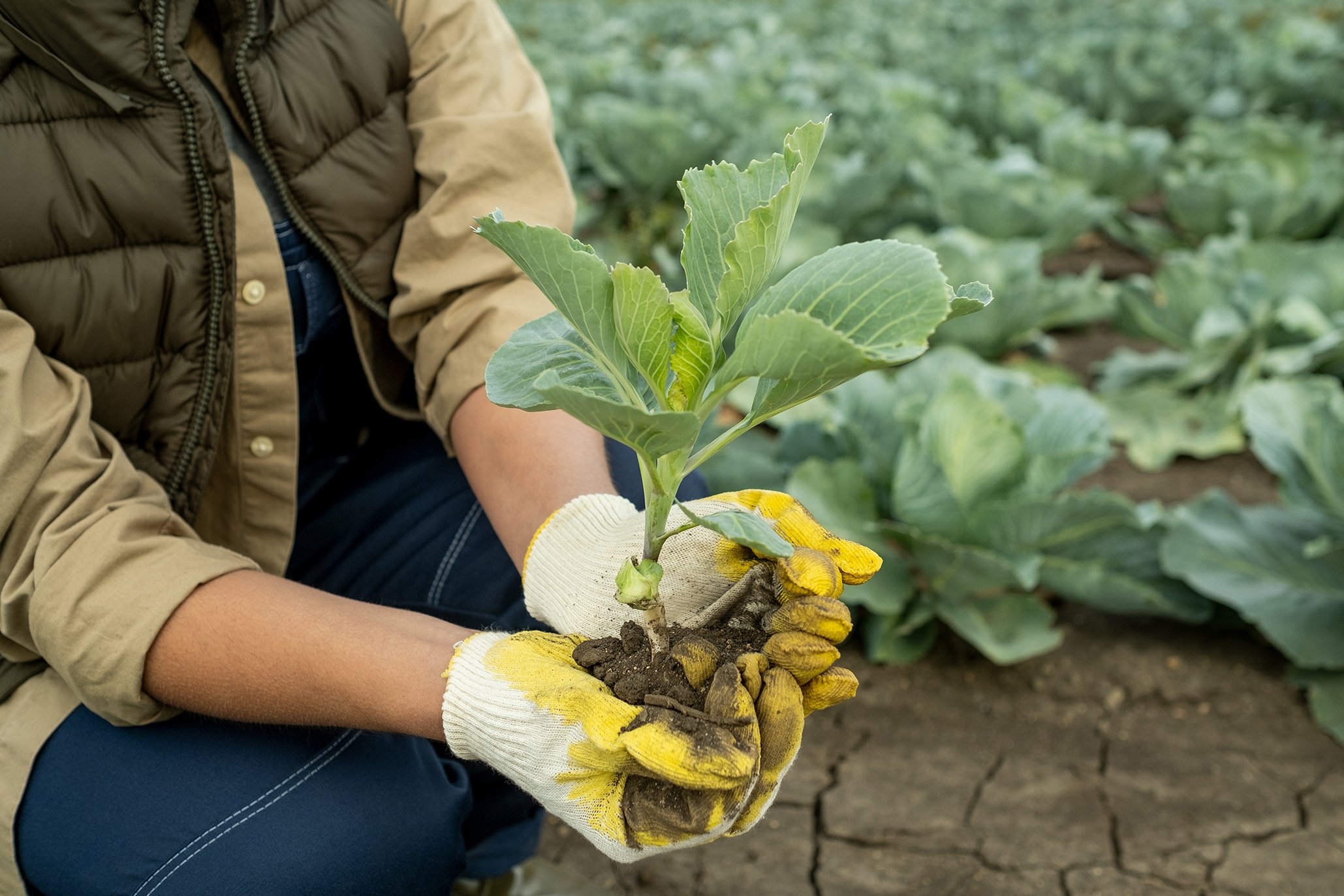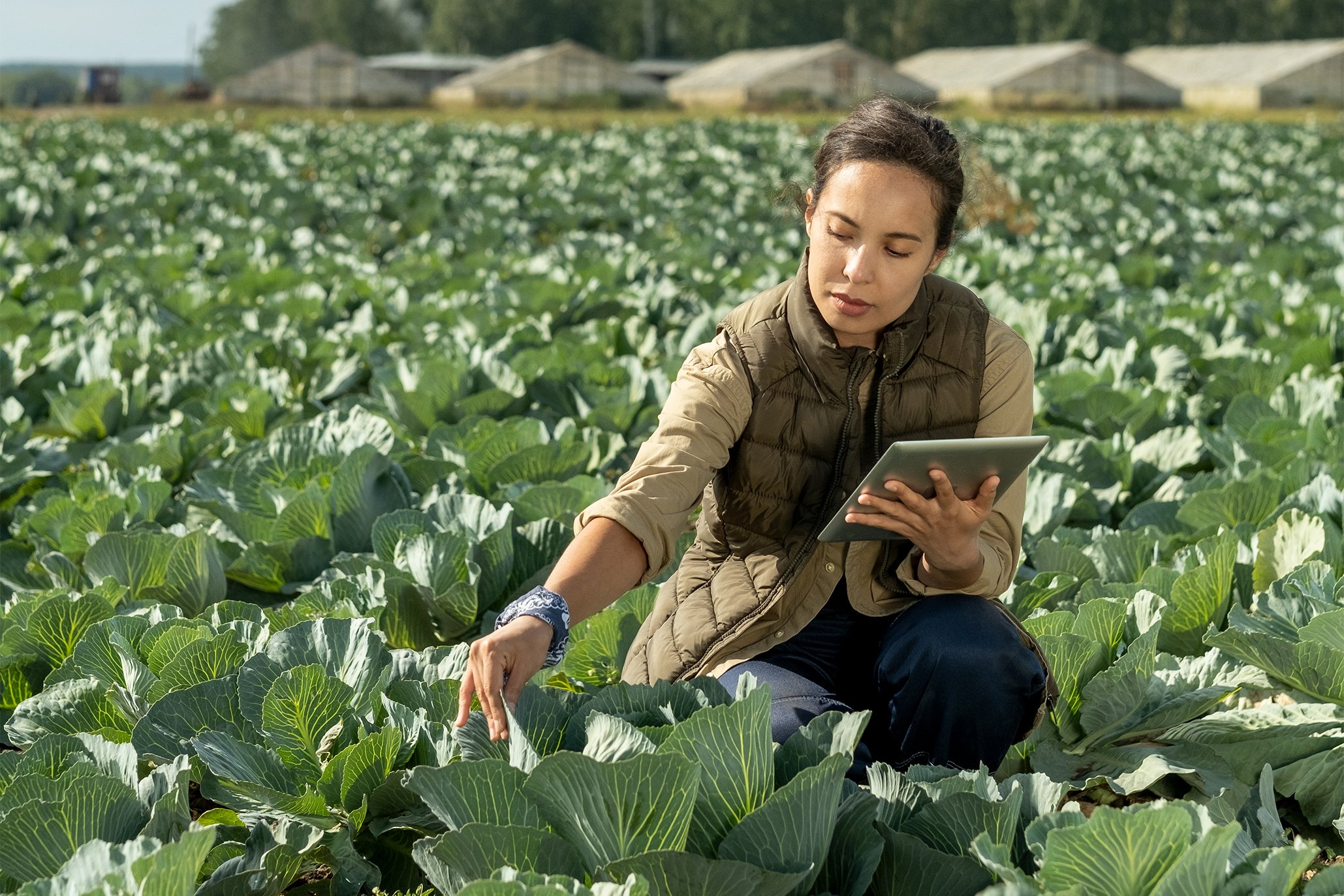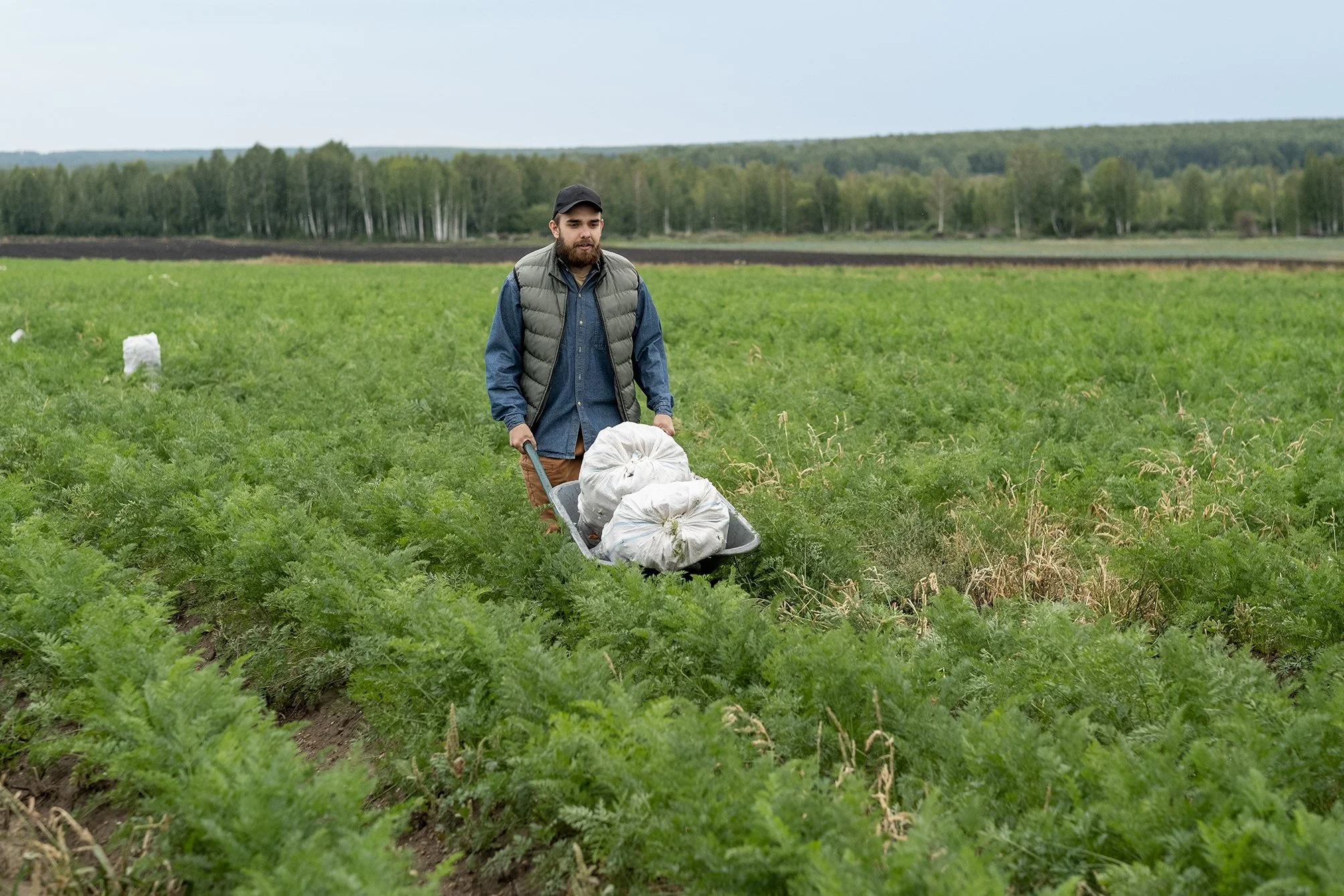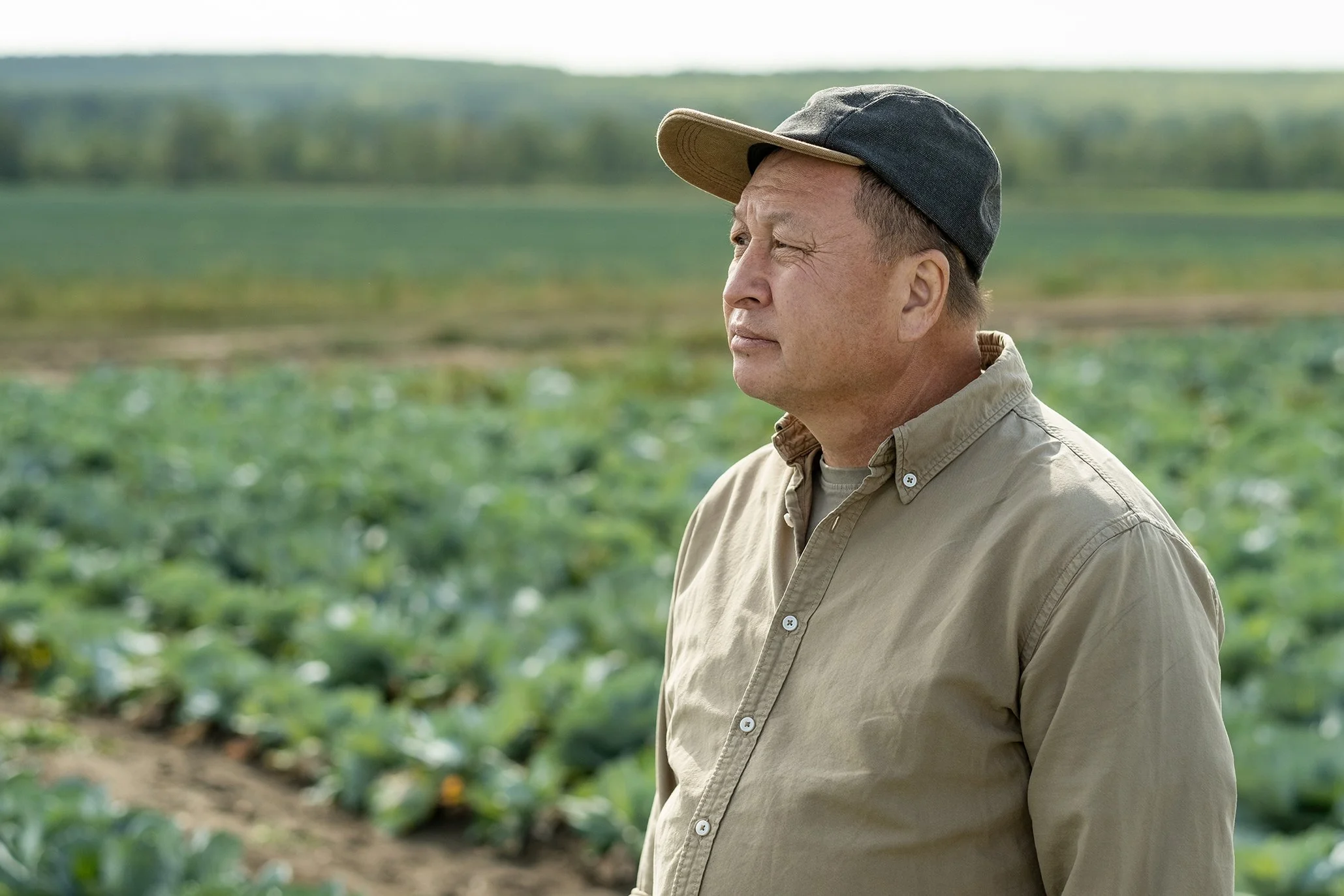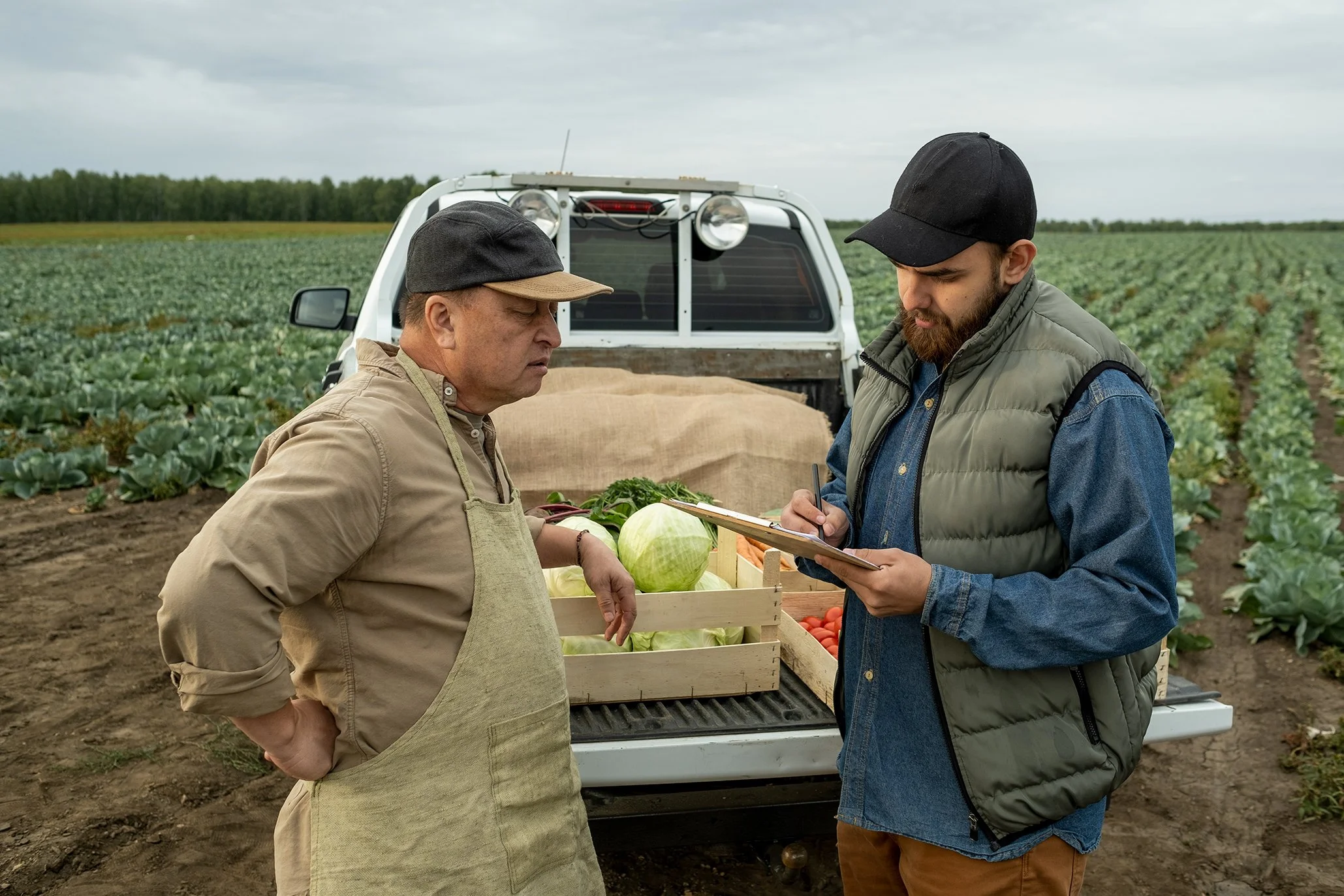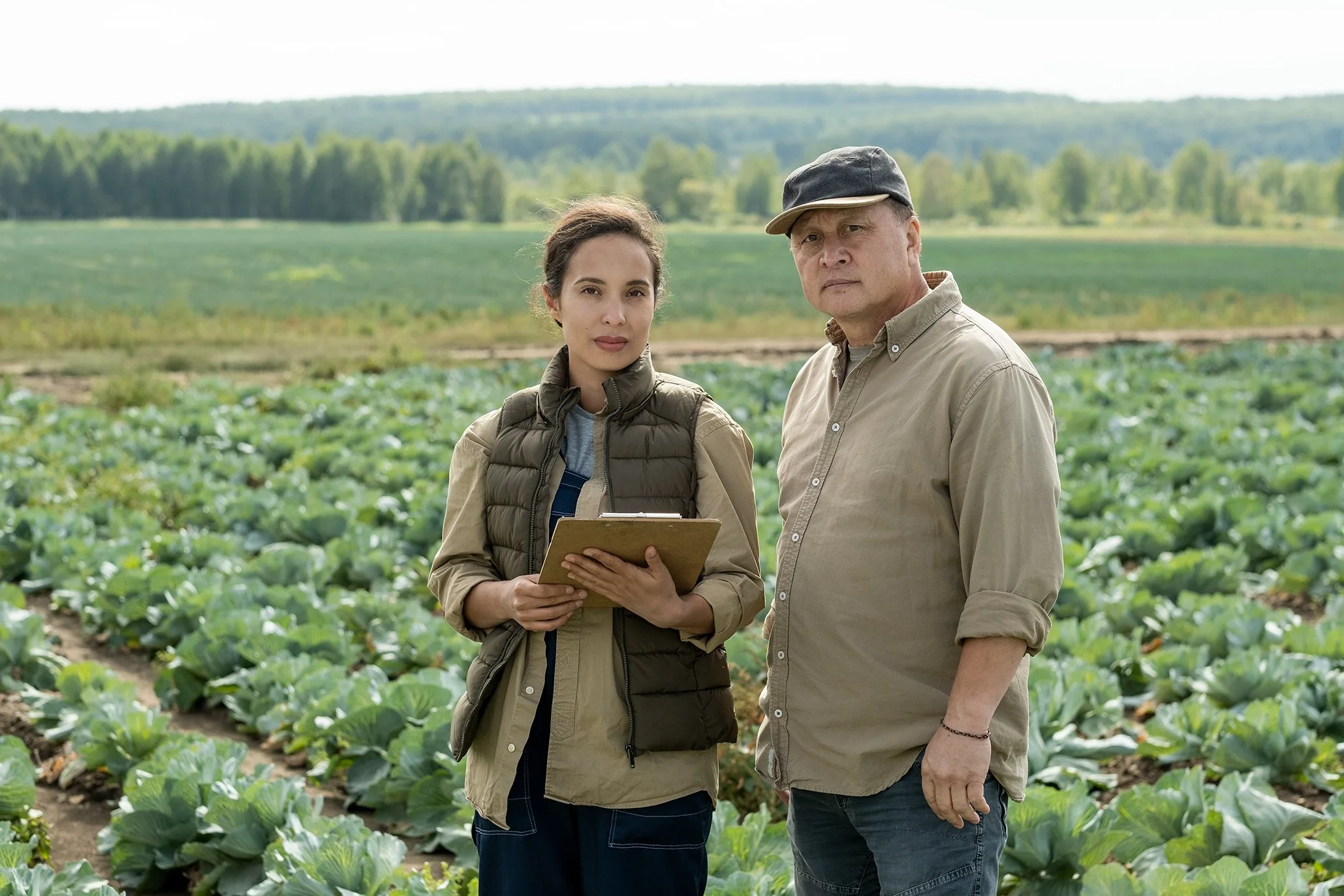12 Product Design Ideas for Rural Areas
For entrepreneurs and startups looking to start a business that impacts nearly half of the world’s population, there is plenty of opportunity to develop product design ideas for rural areas.
Recent statistics indicate, despite a slight decline over the course of last decade, nearly 20% of the national population in the United States still live in areas that can be classified as rural. Designing products that address the needs of these communities is critical given that the rural poverty rate is significantly higher than that of the rate in urban areas. Perhaps even more eye opening is the fact that, as of 2021, more than 3.4 billion people internationally live in rural areas according to The World Bank.
So, in what areas can product designers and inventors provide solutions that address the needs of these communities?
We brainstormed a few ideas that we’d like to see entrepreneurs and businesses invent, innovate, and/or invest more time and money in. A few of these ideas may exist in some form or fashion, but our team thinks there is a lot of room to grow and potential to transform the lives of the people living in rural communities around the world.
Targeted Industries
Agriculture
Water Filtration & Conservation
Off-Grid Energy
Transportation
Healthcare
Agriculture
Crop Monitoring Solutions
Durable Agricultural Multi tools
Mobile Crop Processing Unit
Beyond just feeding the masses, agriculture products account for nearly 172 billion dollars in exports and 163.3 billion in imports in 2022. Yet the number of farms located in the United States has been decreasing since 2007. Less farms means less farmers working in an industry critical to the United States economy.
At Avail Creative, we aim to help businesses and entrepreneurs to invent solutions that empower our nation’s farmers. Globally, we see the development of low-cost, automated, and durable agricultural tools to be especially helpful to small scale farming. From seed planting to plowing, finding ways to mix physical tools into a versatile, durable combination could ease the burden for farmers still manually doing labor.
Rural communities could also benefit from crop monitoring solutions. Our team envisions a handheld soil testing device that would allow farmers to test soil quality and nutrient levels reliably. This real-time information could prove invaluable to farmers when making decisions on fertilization and soil management.
Another product design idea that could prove useful is a mobile crop processing unit. Allowing farmers to process their crops immediately after harvest and on site. This would eliminate the need for long-distance transportation, reduce transportation costs, and potentially cut back on post-harvest losses caused by spoilage, pests, and/or weather conditions.
These solutions would provide cost savings and make the agricultural community more efficient and sustainable. If done correctly, this could transform the lives of the millions of rural, impoverished workers who support the critical infrastructure that grows and transports the food we eat every day.
Water Conservation & Filtration
Portable Water Filtration
Rainwater Harvesting & Storage Systems
Affordable Irrigation
Access to drinking water is a basic human right, but reports from the World Health Organization (WHO) indicate that one in four people internationally lacked access to safely managed drinking water services in 2020. This global issue is impacting the quality of life for millions of people daily.
Safe drinking water is often taken for granted in the United States, but the issue of water conservation has become increasingly important over the past few years. It is estimated that within 50 years, close to half of the water basins in the country will be unable to support the monthly water demand.
Drought has been a severe issue across the western United States for a number of years. Within the last two decades, the water level in Lake Mead has dropped drastically.
This reality is in part an agricultural issue as rural farmers, who rely heavily on access to fresh water, will face severe challenges if a solution cannot be invented. Without a doubt, water security and food security go hand in hand.
However, the impact of innovative product design in this field reaches far beyond agriculture. Lack of access to safe water presents fundamental problems for sanitation, hygiene, and women’s rights.
All of this points to an urgent need for entrepreneurs, inventors, and startups to develop new products in this space. As for ideas, we believe that durable, easy-to-use, and portable water filtration containers could positively impact the lives of millions. Water filtration, whether chemical or physical, exists in a variety of different forms currently, but accessibility is still an issue. Inventing and innovating products in this industry could make a tremendous difference and affect positive change that would help rural and impoverished communities worldwide.
There is also room for innovation through the design of new ways to harvest and safely store rainwater which would provide a renewable, sustainable system for remote areas. Combining this technology with water filtration could bolster water initiatives and improve access.
Finally, it estimated that approximately 70 percent of the freshwater used in the world is applied towards irrigation. Any worthwhile advancement in water conservation will be dependent on the ability of designers to invent products that make the irrigation process sustainable and affordable globally. We see potential for implementation of solar power in this area.
Off-Grid Energy
Solar Powered Lighting & Water Pumps
Low-Energy Refrigeration
Improved Biomass Stoves
Discovering reliable ways to deliver sustainable, renewable energy to rural communities is another challenge that can be solved through product design.
Long term energy solutions require building infrastructure that is both time consuming and costly. In the meantime, there are many communities in need of help right now. At Avail Creative, we’d like to see innovations that address this problem in the short term.
Obvious solutions include durable solar powered lighting systems and water pumps that would prove incredibly useful to homes with limited access to electricity. However, one of the most impactful areas that inventors could make a difference in is refrigeration.
To develop rural areas, refrigeration is essential. This may not seem as big of an issue in the United States, but it is an incredibly important one globally. Undeveloped rural areas need reliable cooling methods for not only food storage, but also the storage of medicine.
The development of low-energy or no-energy refrigeration systems can help save lives by providing quick access to medicine. Otherwise, a lack of reliable energy often results in medical emergencies being complicated by long treks to healthcare institutions and life-saving resources.
Beyond just refrigeration, there is an opportunity for new innovative heating solutions through the design of efficient, clean-burning biomass stoves. These are cooking appliances that are fueled through the burning of wood, crop residue, and animal dung. Improving heat reduction, fuel efficiency, and smoke reduction in these stoves could offer off-grid rural communities an improved alternative to traditional cooking methods.
Healthcare
Bicycle Ambulances
Medication Delivery Systems
Health Monitoring & Diagnostic Devices
Rural communities are often challenged by inadequate healthcare and lack of access to healthcare products. While we’ve already touched on the importance of refrigeration, there are other opportunities to design products that make a difference in this field.
Wearable health monitoring systems could be key to preventative healthcare in remote areas. From tracking vital signs to monitoring chronic conditions, wearable systems like smartwatches and fitness trackers could provide early warning signs that would enable people to seek care prior to an emergency. For those living in areas distant from healthcare facilities, this could mean the difference between life and death.
Beyond monitoring, we’d also like to see new products designed to address healthcare transportation in rural areas. In any area lacking roads or where a traditional ambulance would be impractical, off-road, electric bicycles could be turned to in first aid centers and ambulances. While there are a few of these types of products currently on the market, we’d like to unlock the full potential of this transportation method’s ability to provide transformative care and rescue operations.
Finally, there is a room for startups, entrepreneurs, and inventors to continue to find ways to use drones to deliver needed medical supplies. From medicine to first aid kits, drones can travel far distances and navigate difficult terrain at unmatched speeds.
Building physical products that support a drone delivery healthcare infrastructure will accelerate its implementation and help support real, equitable access to medicine.
These product design ideas are just a few of the countless inventions waiting to be created or improved that could positively impact rural areas.
Avail Creative is founded on the idea of developing meaningful products that challenge the norm. If you want to work on one of these ideas or if you have a different idea that we didn’t include, there are resources to help you get started.
Positive change for the billions of people living in rural communities is dependent on a partnership between entrepreneurs and businesses wanting to make an impact and product design studios willing to make their vision a reality. It is also important to note that this partnership must also include the voices of the people living in these areas.
Creating a better future can only start with the creation of better products right now.


